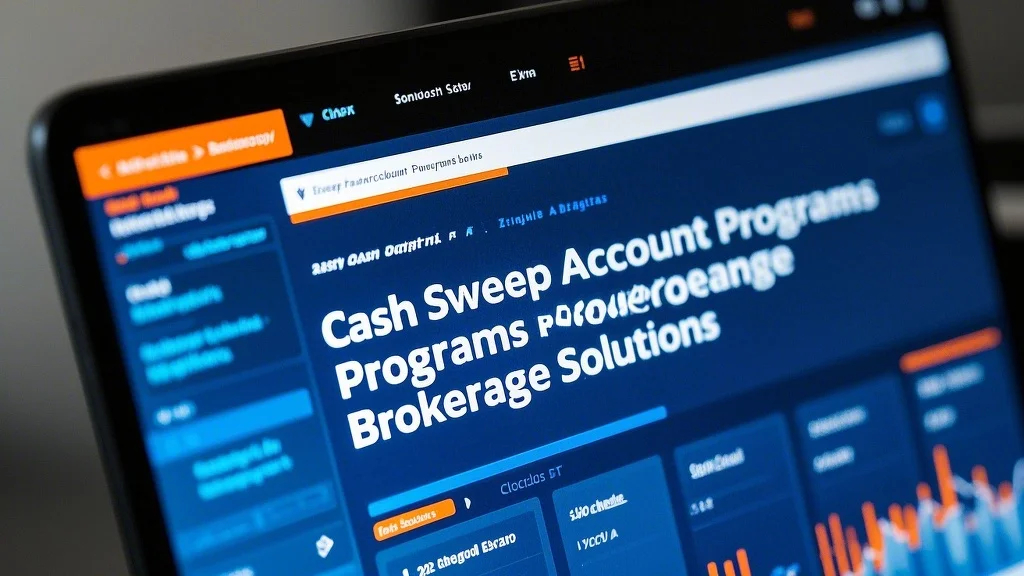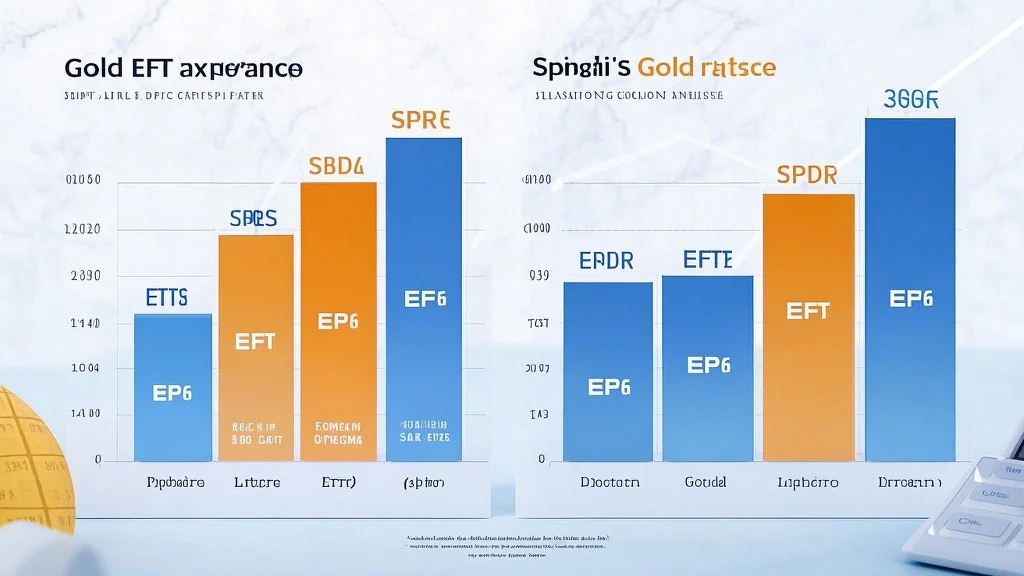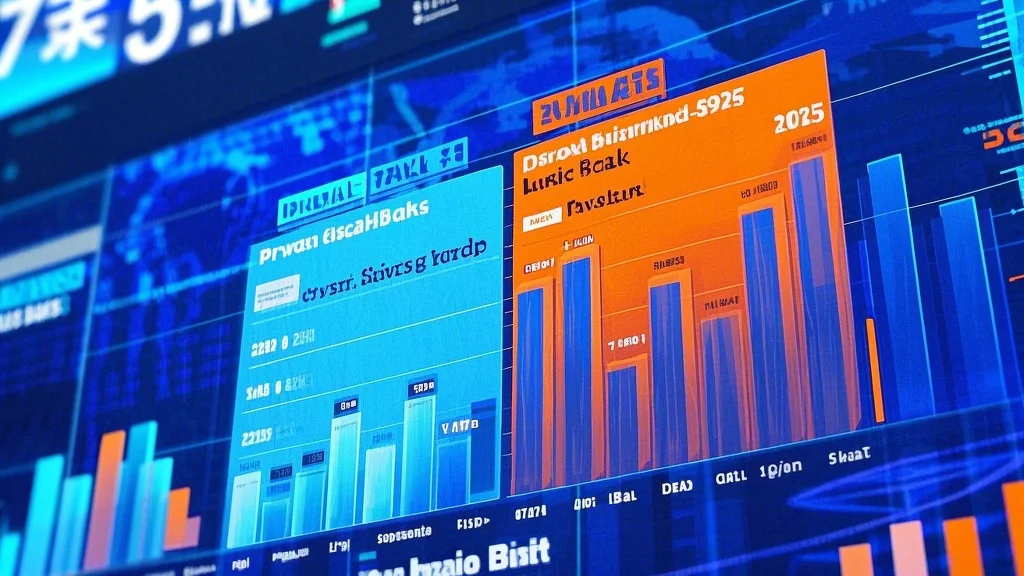Bitcoin trading has become increasingly popular among investors and traders, driven by the volatility and potential profitability of the cryptocurrency market. However, navigating the cryptocurrency market requires timely and accurate information to make informed decisions. Bitcoin trading alerts are tools designed to notify traders of significant market movements, enabling them to take action swiftly. These alerts are available in both free and paid versions, each offering unique benefits and drawbacks. This article provides a detailed cost-benefit analysis of free vs. paid Bitcoin trading alerts, helping you determine which option aligns best with your trading goals and budget.

Bitcoin trading alerts are essential tools for traders looking to capitalize on market opportunities. Whether you’re a novice or an experienced trader, staying ahead of market trends is crucial. However, choosing between free and paid Bitcoin trading alerts can be a daunting task. To simplify the decision-making process, it’s essential to evaluate the pros and cons of each option.
Understanding Bitcoin Trading Alerts
Bitcoin trading alerts are notifications that inform traders about specific market events or conditions. These alerts can be triggered by factors such as price movements, volatility spikes, volume changes, or significant news events impacting the cryptocurrency market. The primary purpose of these alerts is to help traders enter or exit trades at optimal prices, maximizing profits and minimizing risks.
Bitcoin trading alerts come in various forms, including email notifications, SMS alerts, mobile app notifications, and desktop alerts. Some platforms even offer automated trading bots that execute trades based on predefined criteria. Regardless of the format, the goal remains the same: to provide timely and actionable insights into the cryptocurrency market.
Free vs. Paid Bitcoin Trading Alerts
The decision to opt for free or paid Bitcoin trading alerts often hinges on budget constraints and trading goals. While free alerts are appealing due to their zero cost, they may not offer the same level of quality and reliability as paid options. On the other hand, paid alerts come with a price tag but often provide advanced features, customization, and superior support.
Pros of Free Bitcoin Trading Alerts
Cost-Effectiveness: The most obvious advantage of free Bitcoin trading alerts is that they don’t cost anything. This makes them an ideal choice for new traders or those with limited budgets.
Accessibility: Many platforms offer free alerts, making it easy to set them up without any prior knowledge or technical skills.
Simplicity: Free alerts are often straightforward to use, with minimal features that get the job done. They are perfect for traders who don’t need advanced tools or highly customized alerts.
Trial Opportunities: Some platforms offer free alerts as a teaser for their paid services. This allows traders to test the platform’s functionality and decide whether to upgrade to a paid plan later.
Cons of Free Bitcoin Trading Alerts
Limited Features: Free alerts may lack advanced features such as customizable criteria, historical data analysis, or real-time market analysis.
Reliability Issues: Free alerts are often provided by platforms with limited resources, leading to potential reliability issues. For instance, notifications might be delayed or not delivered at all during peak trading hours.
** Spam or Unreliable Sources**: Some free alert services may be less reputable, leading to spammy behavior or irrelevant alerts that do not add value to your trading strategy.
Overcrowding: With so many free alert providers, it’s easy to get overwhelmed by irrelevant or conflicting information, making it difficult to focus on meaningful trading opportunities.
Pros and Cons of Paid Bitcoin Trading Alerts
Paid Bitcoin trading alerts come with a premium price tag, but they often offer superior quality and features compared to their free counterparts. Below are some of the key advantages and disadvantages of paid alerts:
Advantages of Paid Alerts:
Advanced Features: Paid platforms typically offer advanced features such as customizable alert criteria, real-time market analysis, historical data tools, and integration with other trading platforms.
Reliability and Accuracy: Paid services are often more reliable, with faster notification delivery and higher accuracy in identifying market trends.
Expert Support: Many paid alert services provide support from experienced traders or technical experts, ensuring you can get assistance when needed.
Customization: Paid alerts allow traders to set highly customized criteria, tailoring the notifications to their specific trading strategies and risk tolerance.
Data Security: Paid platforms often prioritize data security, ensuring your trading information and alerts are protected from unauthorized access.
Disadvantages of Paid Alerts:
Cost: The primary drawback of paid alerts is the cost. Subscribing to a paid service can range from a few dollars to several hundred dollars per month, depending on the platform and features offered.
Overkill for Some Traders: For novice traders or those with simple trading strategies, paid alerts may offer features that are unnecessary, leading to information overload.
Lock-in Risks: Some platforms may charge cancellation fees or lock you into a contract, making it difficult to switch back to free alerts if needed.
Choosing the Right Option
The decision to opt for free or paid Bitcoin trading alerts depends on your trading goals, budget, and level of experience. If you’re new to trading and looking to test the waters without any financial risk, free alerts can be a good starting point. However, if you’re serious about trading and looking for a reliable tool to enhance your trading strategy, paid alerts may be a worthwhile investment.
In the next part, we’ll delve deeper into the cost-benefit analysis, comparing the hidden costs of free alerts versus the upfront costs of paid alerts, and help you determine which option offers the best value for money.
When deciding between free and paid Bitcoin trading alerts, it’s essential to conduct a thorough cost-benefit analysis. This involves evaluating both the direct and indirect costs associated with each option, as well as the potential benefits they offer. Let’s break down the key factors to consider.
The Hidden Costs of Free Bitcoin Trading Alerts
While free Bitcoin trading alerts don’t come with a direct financial cost, they often have hidden costs that can impact your trading experience and profitability. Below are some of the common hidden costs associated with free alerts:
Opportunity Cost: One of the most significant hidden costs of free alerts is the opportunity cost. By opting for free alerts, you may miss out on potential profits that could have been realized using a more reliable paid service. Free alerts are often less accurate and may fail to notify you of critical market movements, leading to missed trading opportunities.
Time Investment: Free alerts often require more time and effort to set up and manage. For instance, you may need to follow multiple free alert sources to ensure you don’t miss any important updates. This can be time-consuming and may detract from your trading productivity.
Quality of Information: Free alerts are often provided by platforms with limited resources, leading to potential inaccuracies or delays in notifications. This can result in incorrect trading decisions, which may negatively impact your trading performance.
** Limited Customization**: Free alerts usually lack the customization options available in paid services. This means you may not be able to tailor the alerts to your specific trading strategy, potentially reducing their effectiveness.
Ad Support: Many free alert platforms generate revenue through ads. While this doesn’t directly cost you, the presence of ads can be distracting and may interfere with your trading experience.
The Upfront Costs of Paid Bitcoin Trading Alerts
On the other hand, paid Bitcoin



